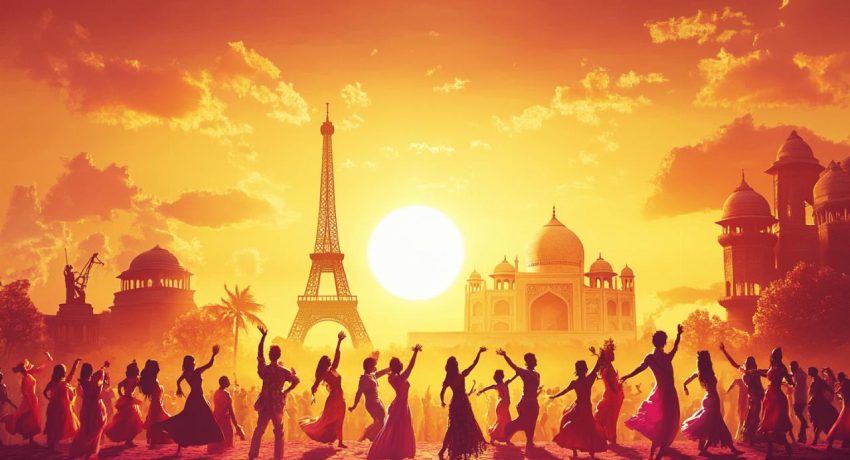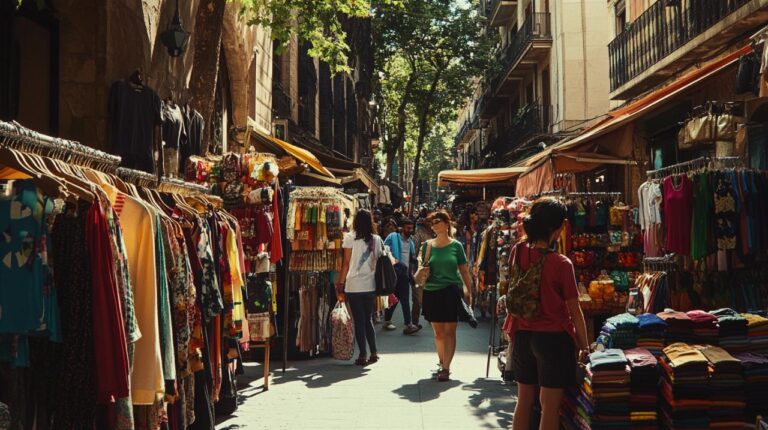The world of travel opens up countless opportunities for cultural immersion, and one of the most captivating ways to experience a destination’s soul is through its dance traditions. Whether you’re seeking the passionate storytelling of centuries-old movements or the innovation of contemporary choreography, combining travel with dance experiences creates memories that resonate long after your journey ends. For enthusiasts looking to plan their next adventure, resources like danceandtravel.de offer valuable insights into discovering dance events worldwide, including last-minute deals that make spontaneous cultural journeys more accessible than ever.
Iconic dance venues across continents
The global landscape is dotted with spaces specifically designed to celebrate the art of movement. These venues range from historic institutions that have witnessed the evolution of dance through generations to modern architectural marvels that push the boundaries of what a performance space can be. Each offers a unique perspective on how different cultures honour and showcase their dance traditions.
Historical ballrooms that shaped dance culture
Throughout history, certain venues have become synonymous with particular dance forms, serving as cultural touchstones for both locals and visitors. In Buenos Aires, the traditional milongas where tango flourished continue to pulse with energy night after night. These intimate spaces preserve the authentic spirit of Argentine tango, where locals and tourists alike participate in the seductive dialogue between partners. Similarly, the tablaos of Southern Spain represent the soulful heart of flamenco, where the passionate movements, ruffled costumes, and floral accessories come together in displays of technical precision and emotional depth that define this quintessentially Spanish art form.
Across the globe in Cambodia, venues dedicated to the ancient Apsaras dance, or Celestial Dance, offer glimpses into a tradition dating back to the Angkorian era. Performers wearing elaborate headgear and colourful traditional garments bring to life movements that have been meticulously preserved through generations, often through institutions like the School of Fine Arts. These historical venues serve not just as tourist attractions but as vital links to cultural heritage and identity.
Modern architectural marvels designed for movement
Complementing these historical spaces are contemporary venues created specifically to showcase dance in innovative ways. Modern dance theatres in cultural hubs like Barcelona blend cutting-edge architecture with thoughtful acoustics and sightlines, creating immersive experiences for audiences. These newer spaces often host both traditional performances, such as the circular Sardana dance of Catalonia, and contemporary interpretations that push creative boundaries.
In urban centres worldwide, abandoned industrial spaces have been transformed into dynamic performance venues, reflecting the adaptability of dance itself. These repurposed warehouses and factories now host everything from experimental modern dance to revival movements celebrating traditional forms, creating dialogue between architectural history and living art. The juxtaposition of raw, industrial elements with the fluid grace of dancers creates a visual counterpoint that enhances the performance experience for both participants and observers.
Cultural dance celebrations worth planning your trip around
For the traveller seeking full cultural immersion, planning a journey around a dance festival or celebration offers unparalleled insight into local traditions and contemporary expressions. These events bring together performers and enthusiasts from around the world, creating vibrant communities united by their passion for movement and cultural expression.
Seasonal festivals showcasing traditional dance forms

Across the globe, seasonal celebrations often feature dance as a central element, making them ideal focal points for cultural tourism. Summer in Athens brings numerous festivals showcasing Greek folk dances, where visitors can witness the circular formations and intricate footwork that have been passed down through generations. These events often include opportunities for audience participation, allowing travellers to learn basic steps and join in the communal celebration.
In New Zealand, cultural centres regularly perform the powerful Haka, a Maori tribal dance used to demonstrate solidarity, strength, and pride. The dramatic movements, including rhythmic stomping, vocal chants, and expressive facial gestures, create an unforgettable impression on visitors. Similarly, the Highland Games throughout Scotland feature traditional sword dancing and other regional forms, with performers in traditional garb executing precise, athletic movements that date back centuries. These festivals provide context for understanding how dance reflects historical experiences, values, and social structures within communities.
Street dance gatherings that transform urban spaces
Beyond formal festivals, many cities worldwide host regular street dance gatherings that transform public spaces into vibrant centres of cultural exchange. In Lisbon, impromptu fado performances often spill into dancing in the narrow streets of Alfama, while Porto comes alive with the rhythms of Portuguese Rumba, Fandango, and Malhão. These informal celebrations create accessible entry points for visitors to experience local culture without the formality of ticketed events.
Istanbul offers similar opportunities to experience belly dancing in settings ranging from formal dinner shows to more authentic community gatherings. The hypnotic movements and musical accompaniment create an atmosphere of celebration that invites participation and appreciation. Meanwhile, in Seville, evening gatherings often feature spontaneous flamenco performances where the boundaries between performers and audience blur, creating communal experiences that capture the essence of Andalusian culture. These street celebrations highlight how dance continues to function as a vital form of community building and cultural expression in contemporary urban settings.
For solo travellers especially, these dance-focused journeys offer meaningful ways to connect with local cultures and fellow enthusiasts. Cities like Seville, Barcelona, and Cusco have become increasingly popular destinations for those travelling alone but seeking cultural immersion through dance. Whether participating in workshops, attending performances, or simply observing traditional dances in their authentic contexts, these experiences foster cross-cultural understanding while preserving vital traditions for future generations.








